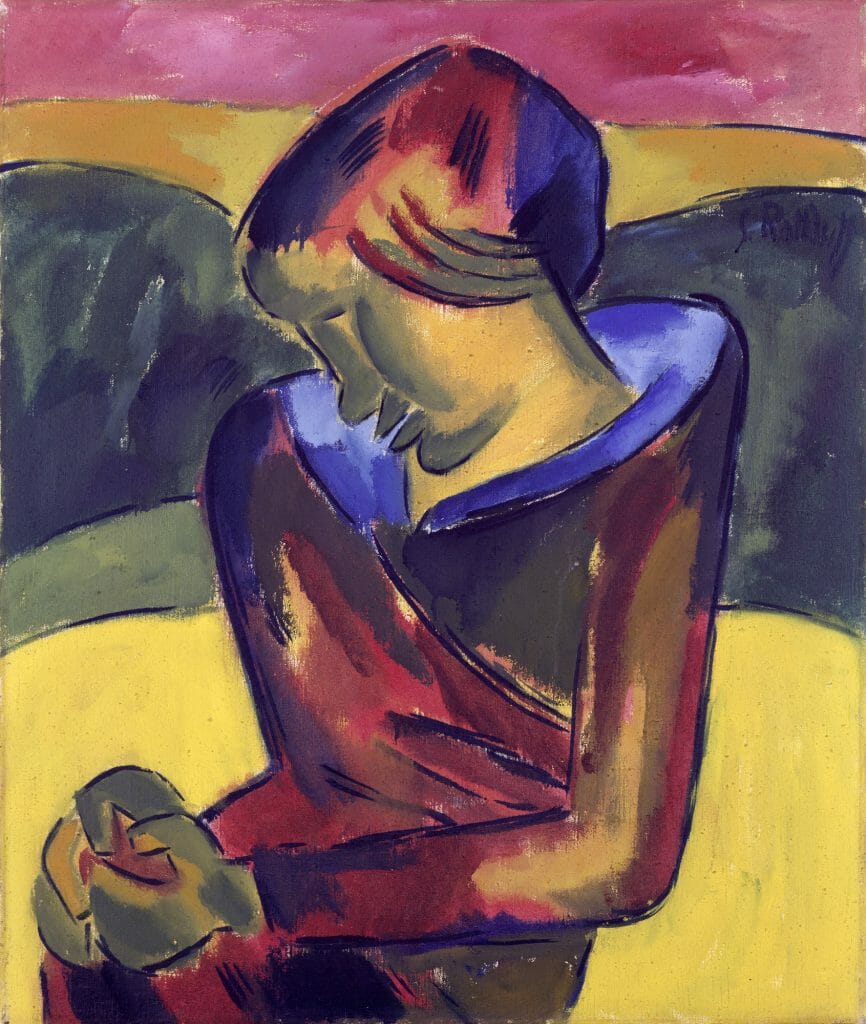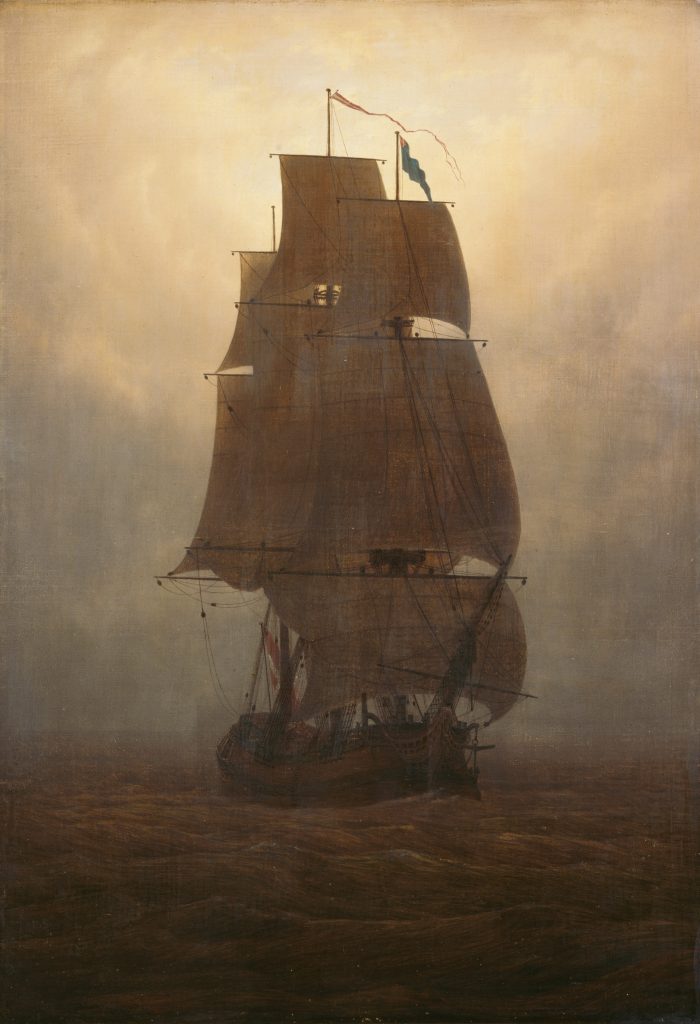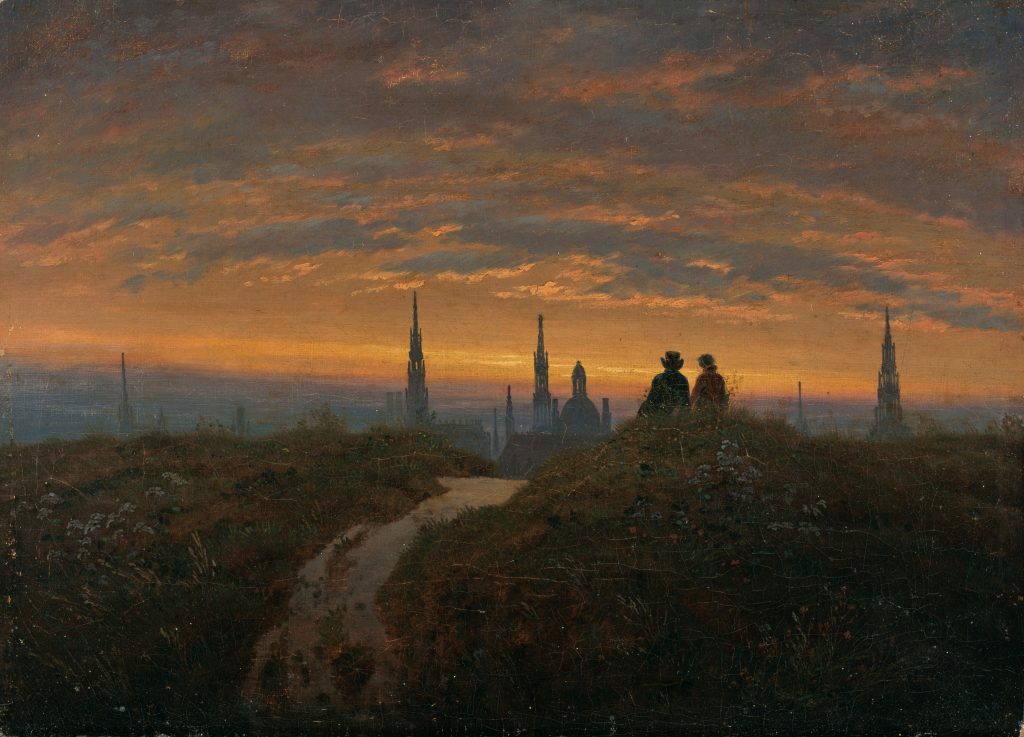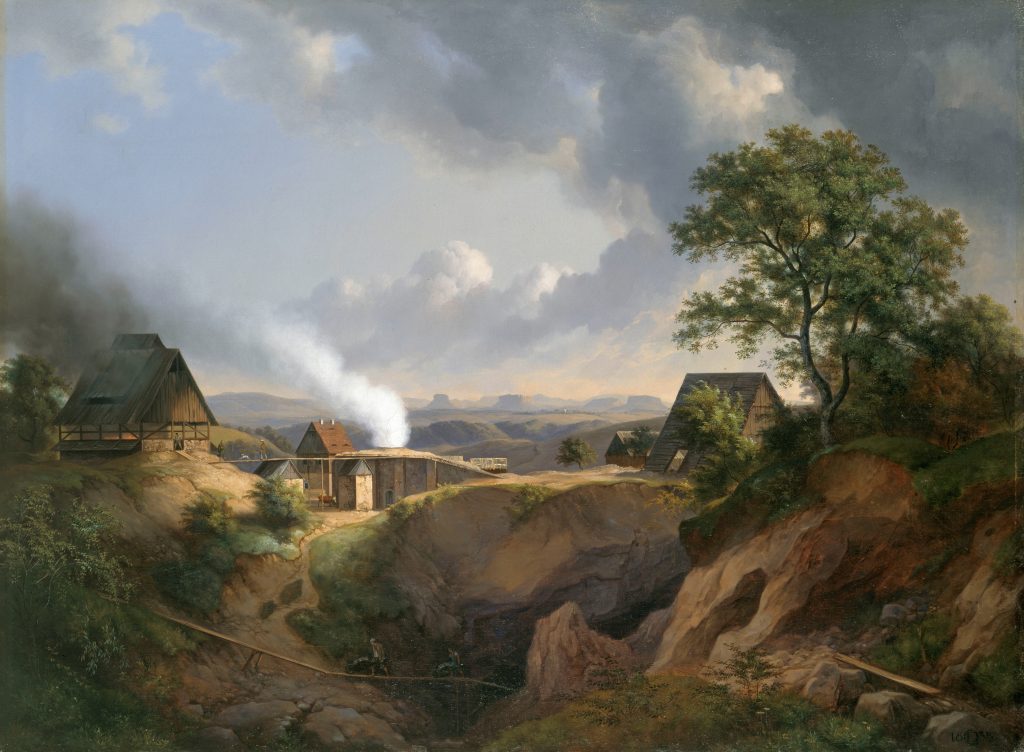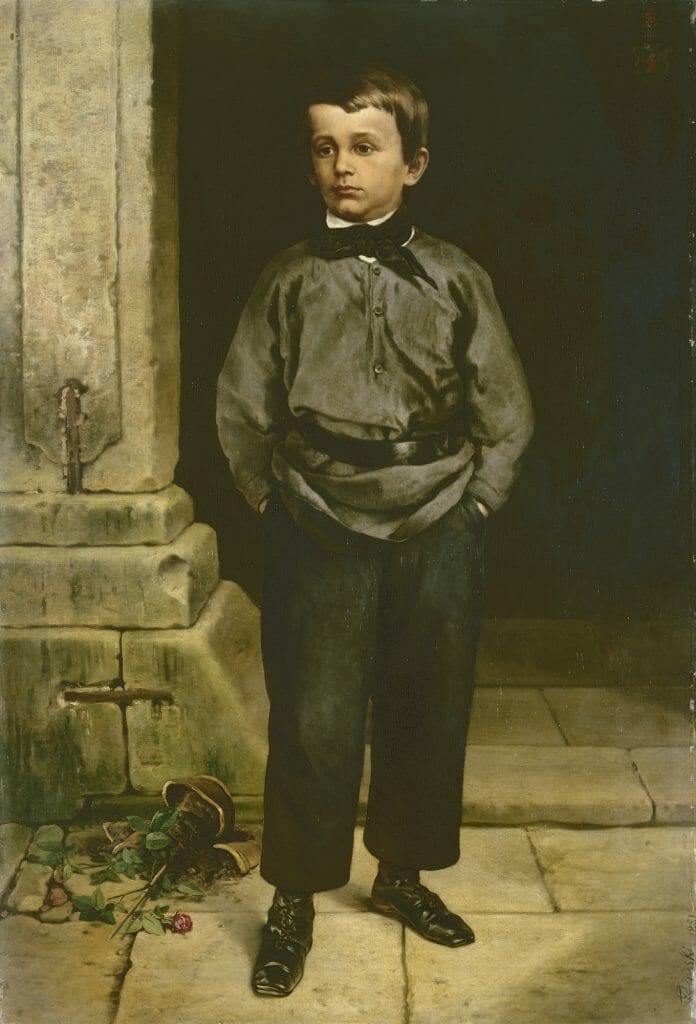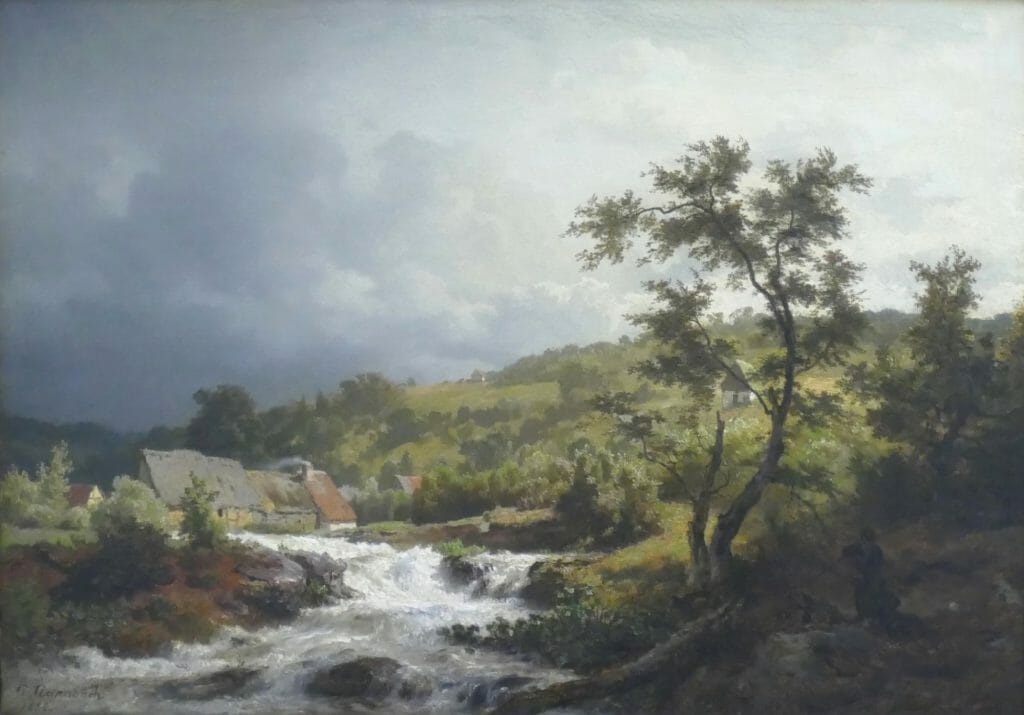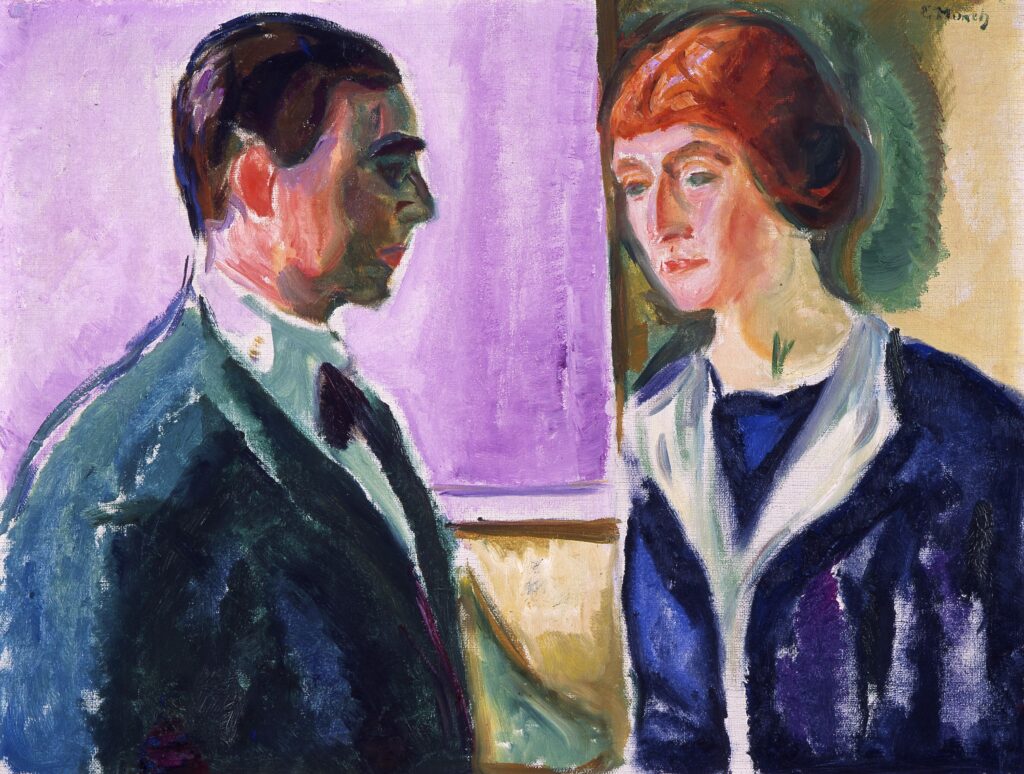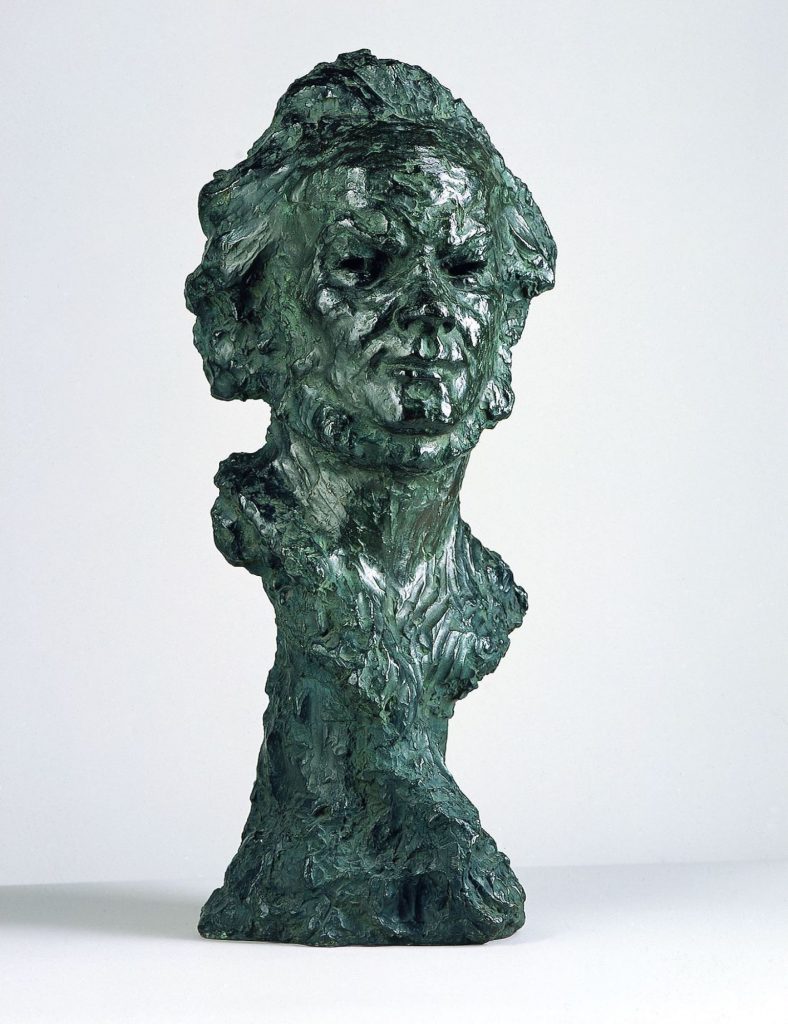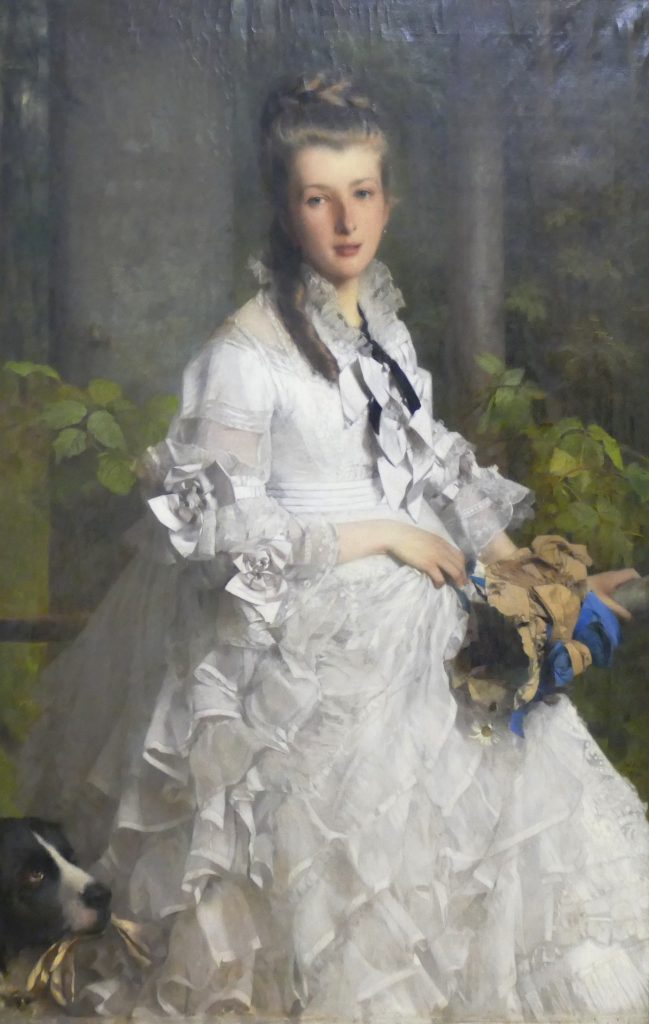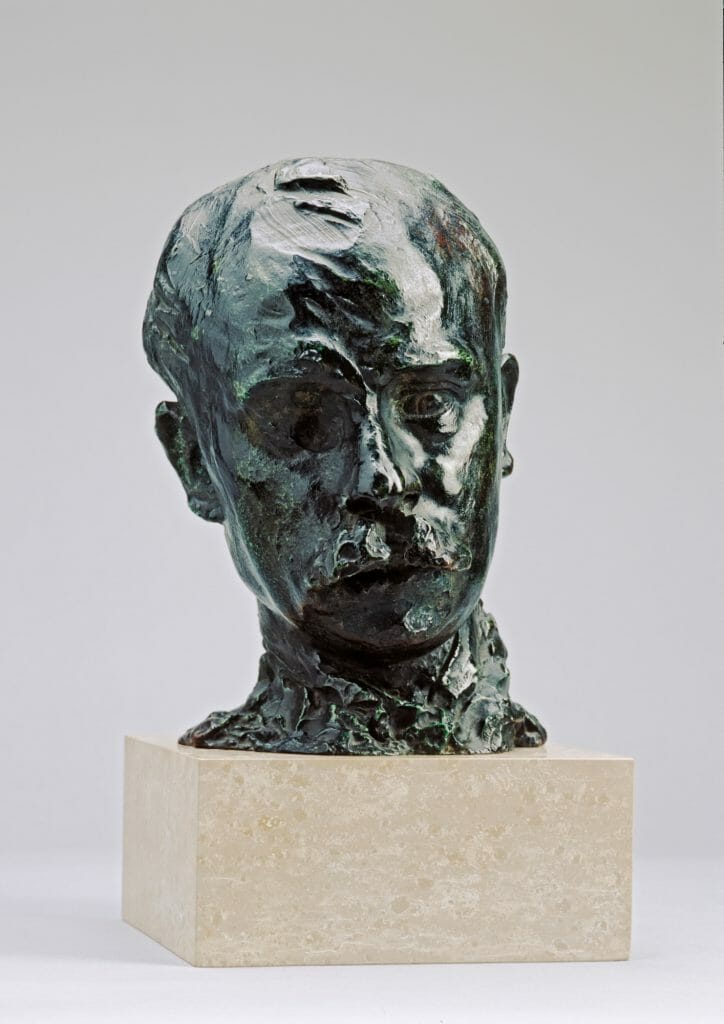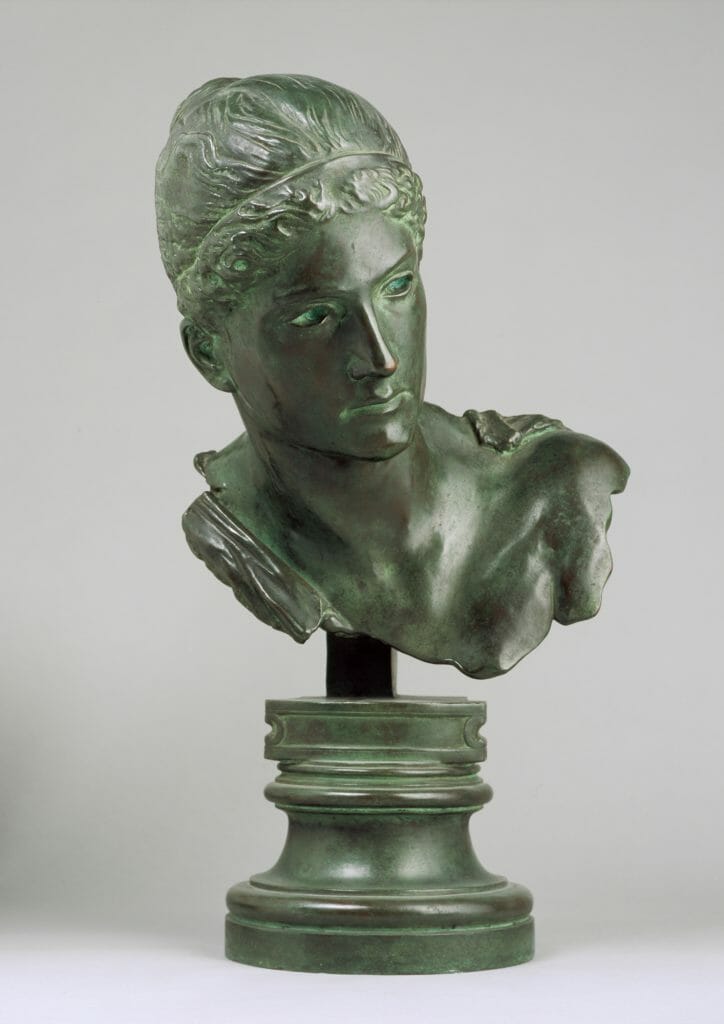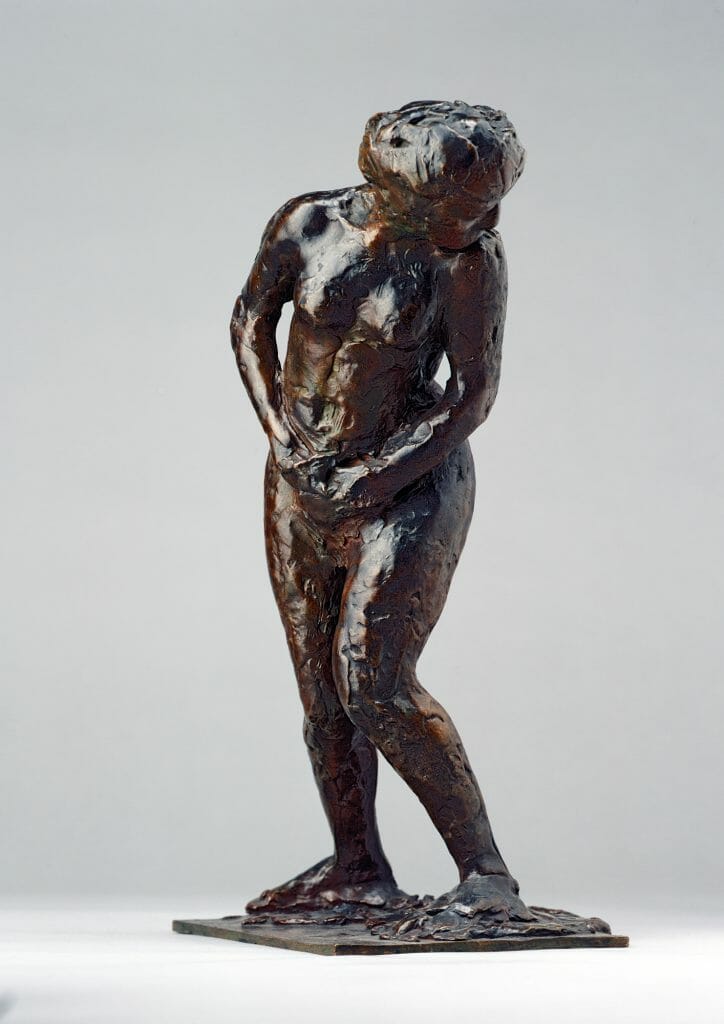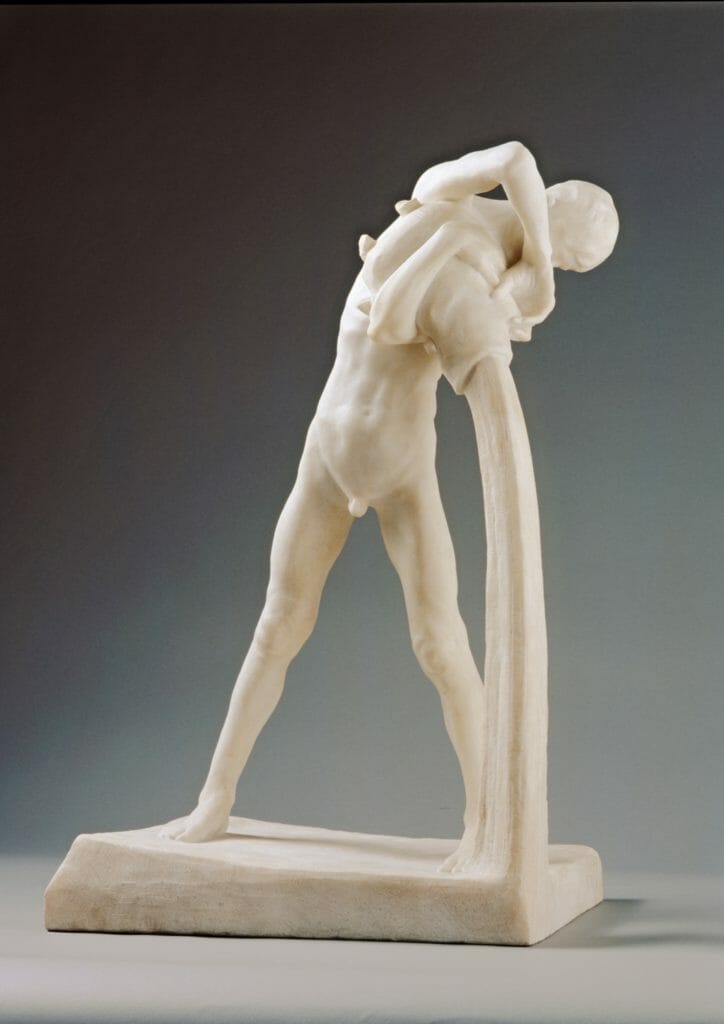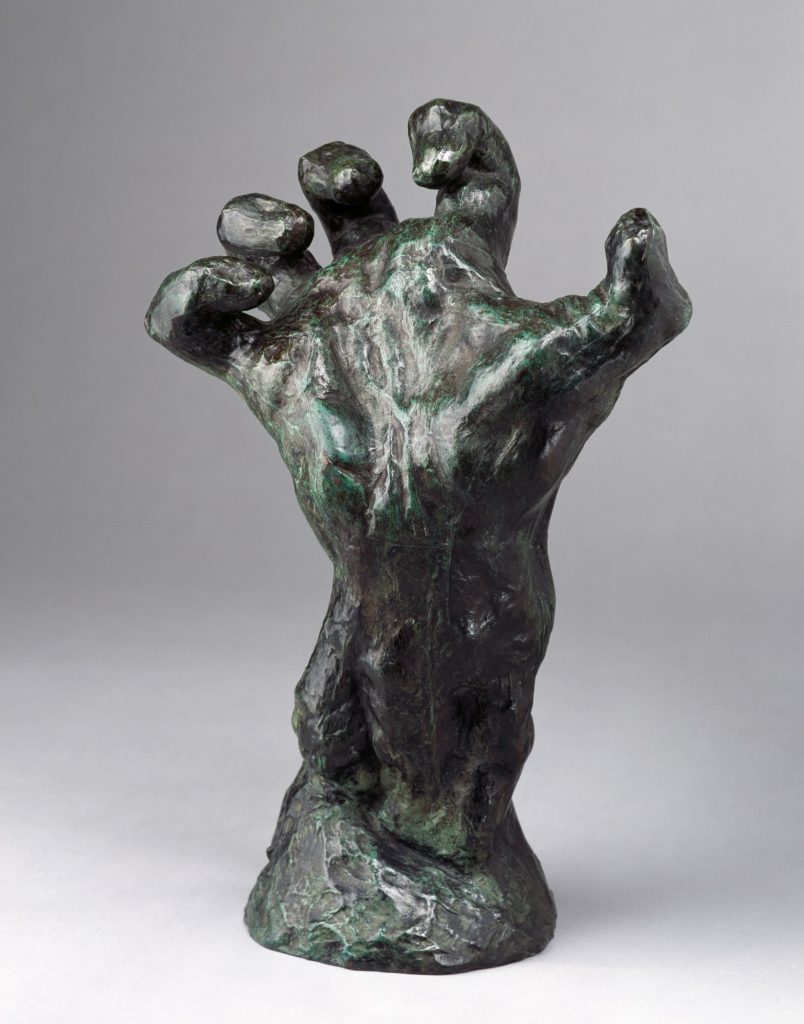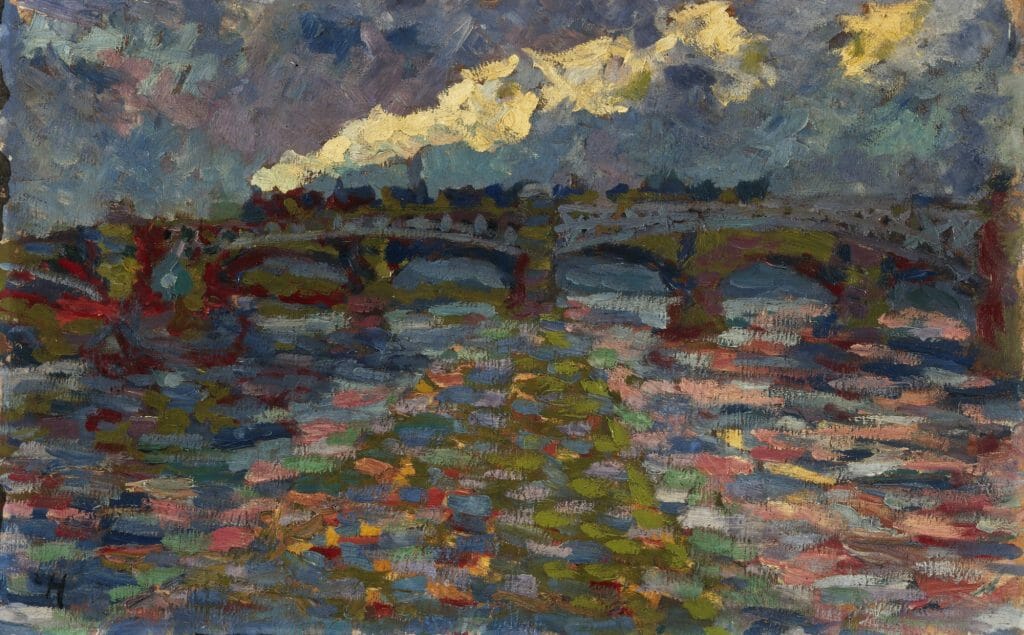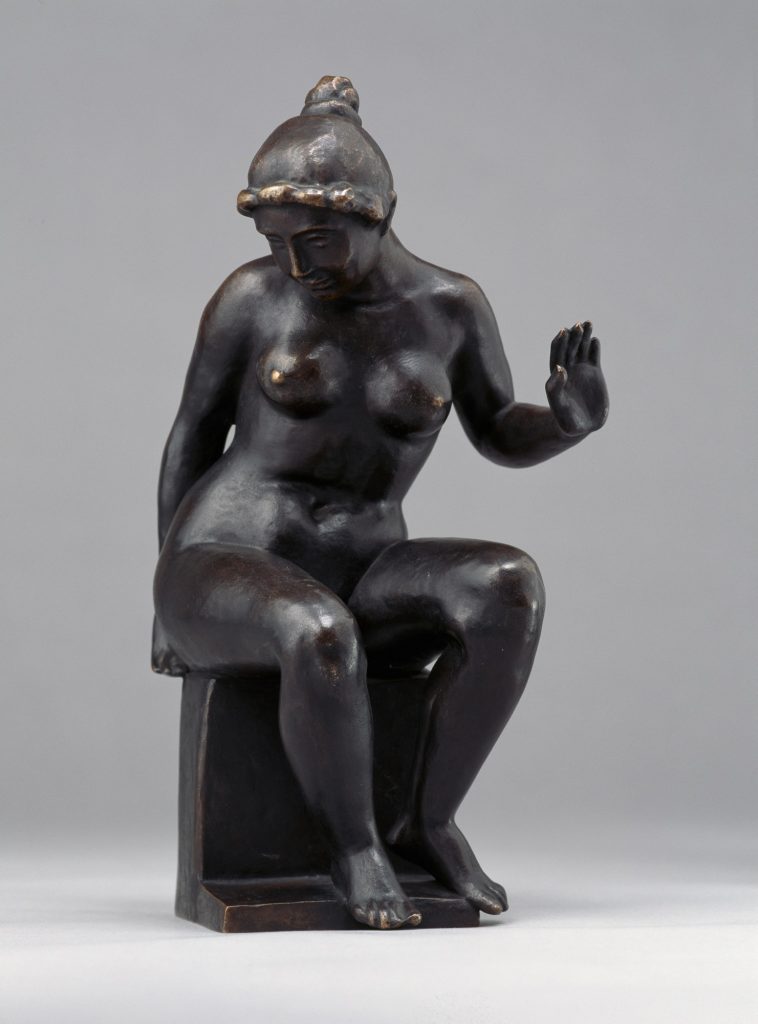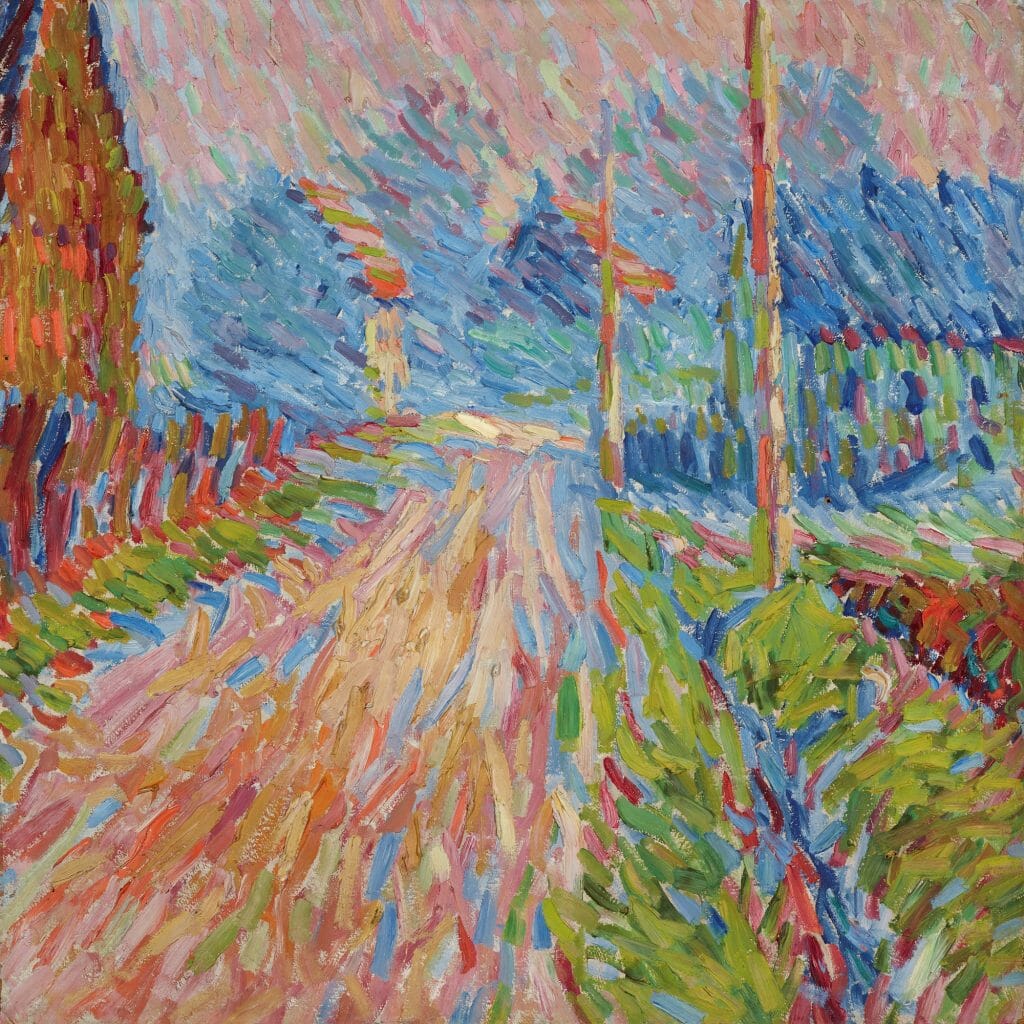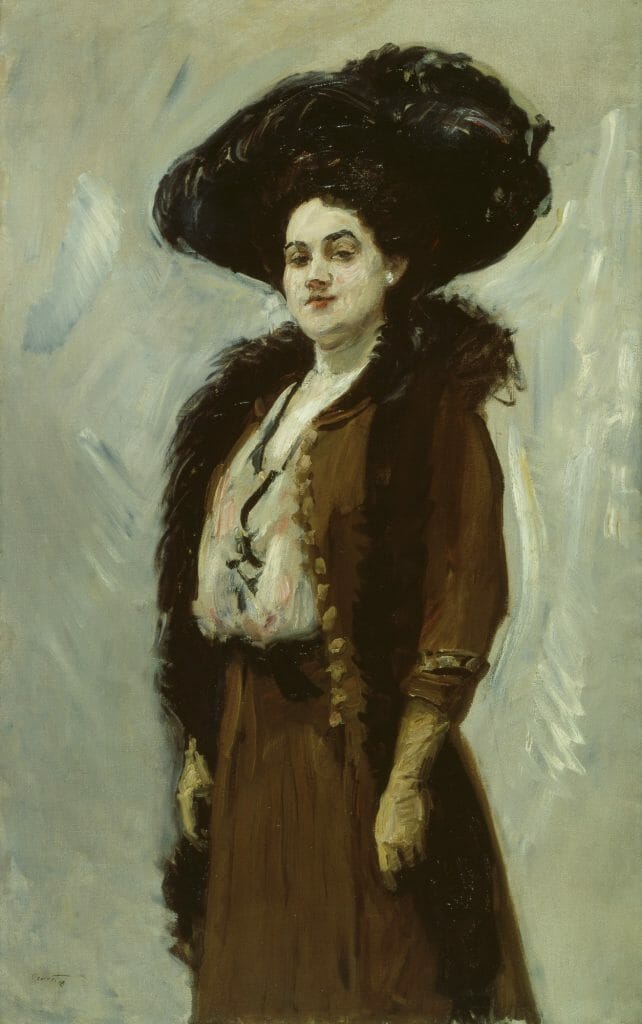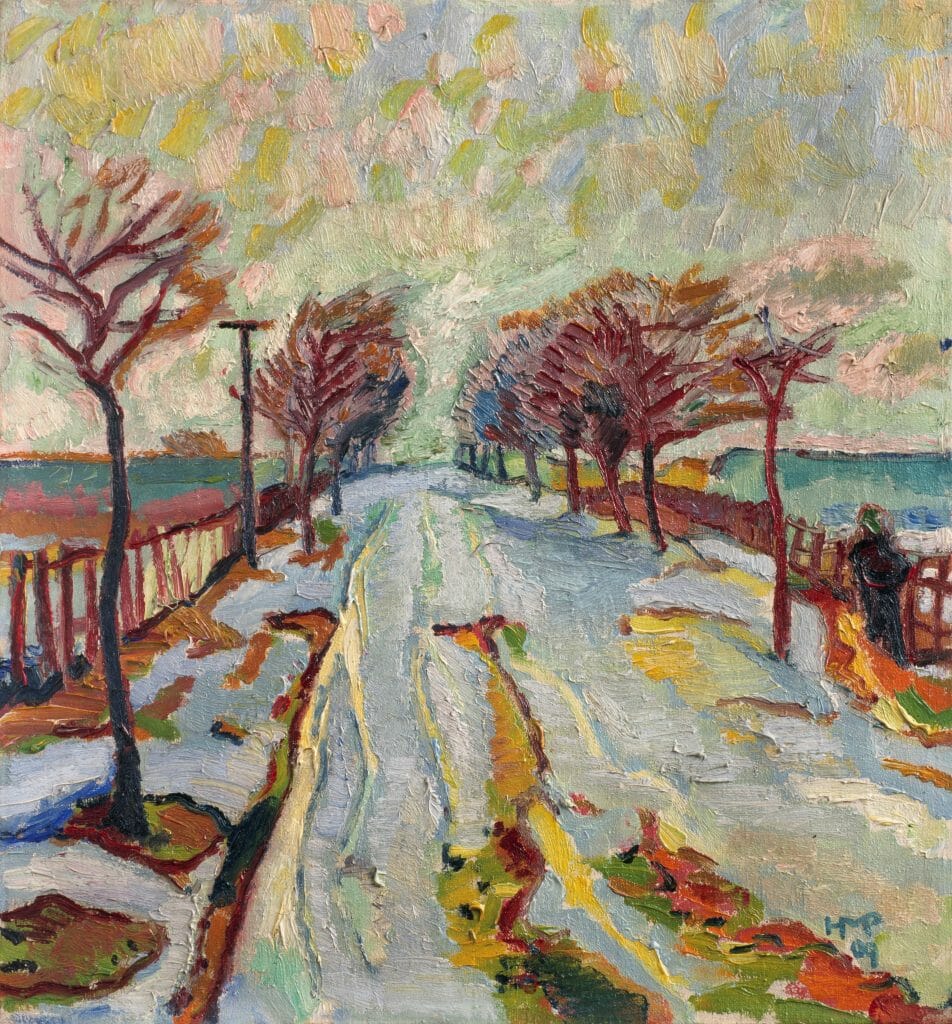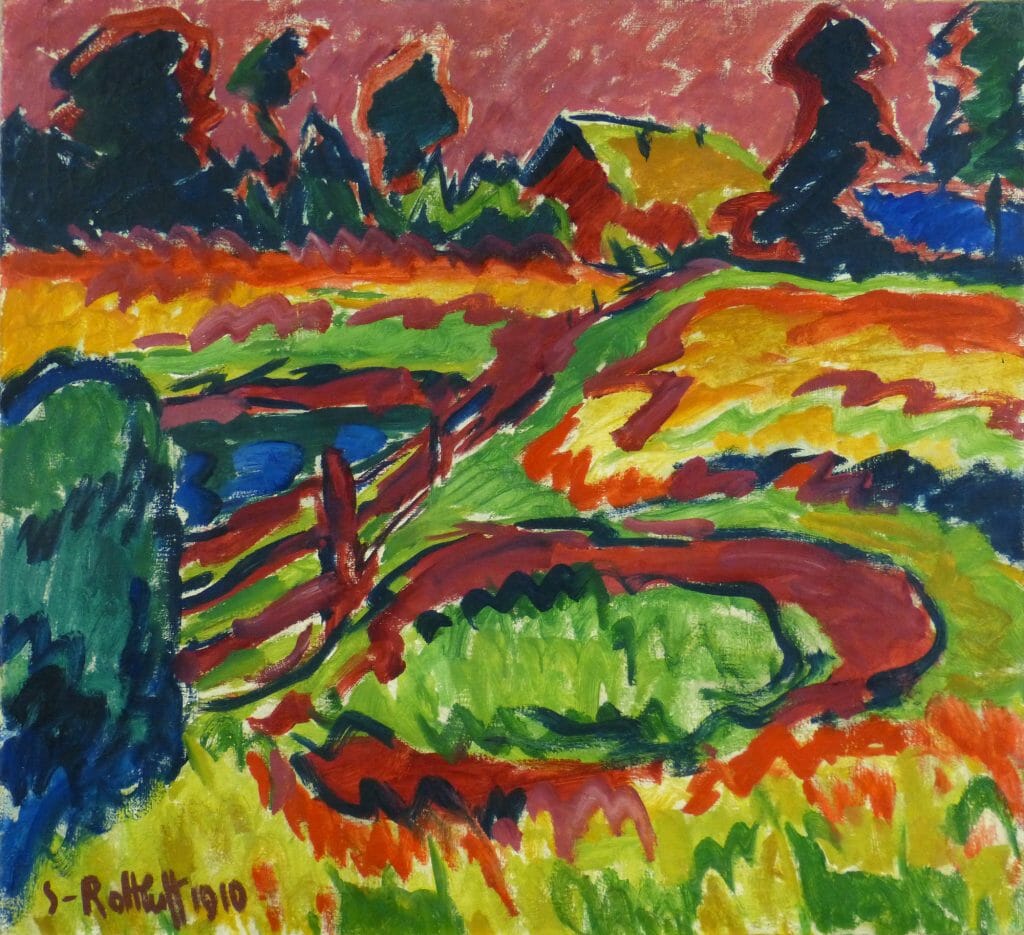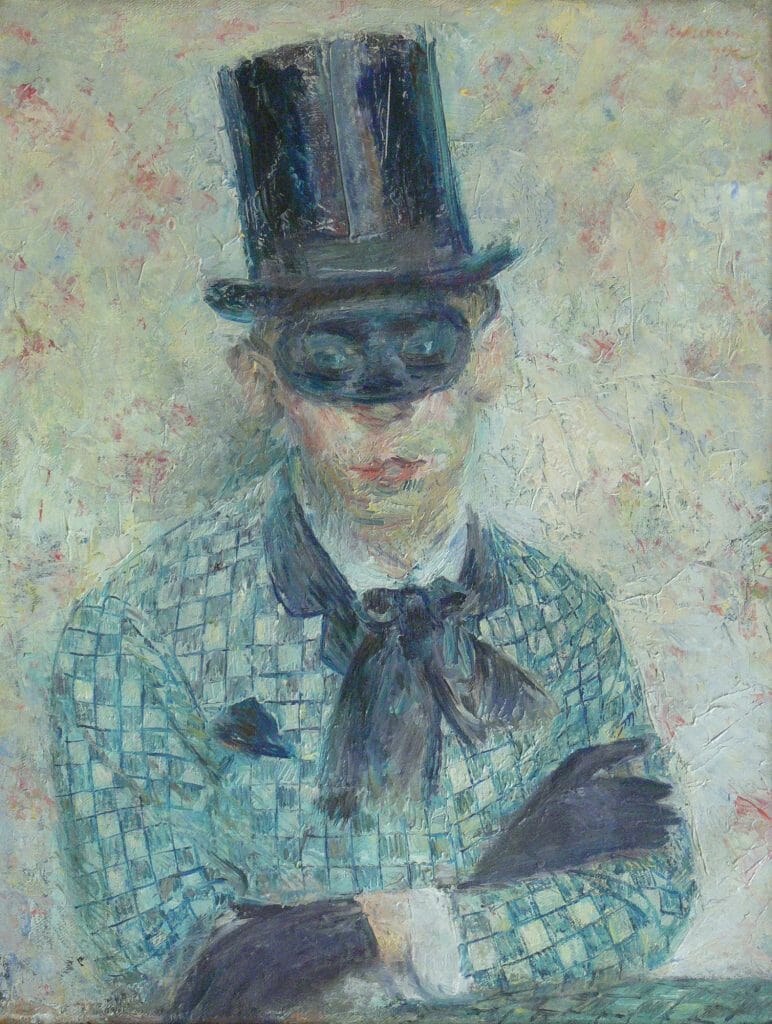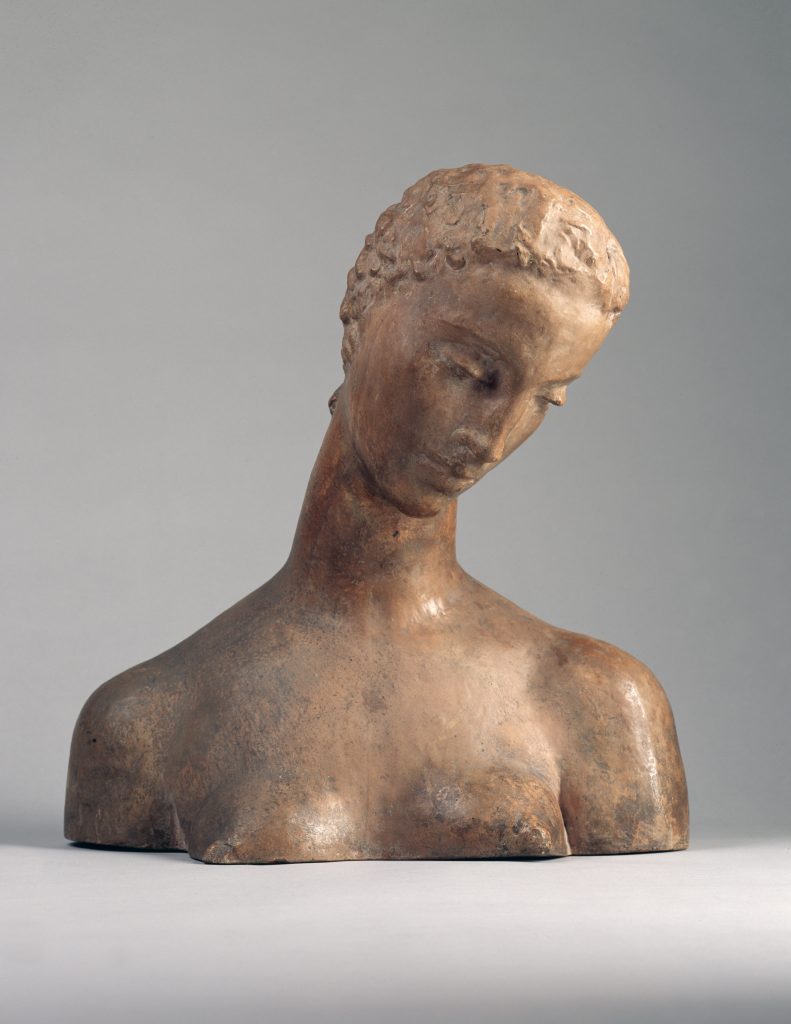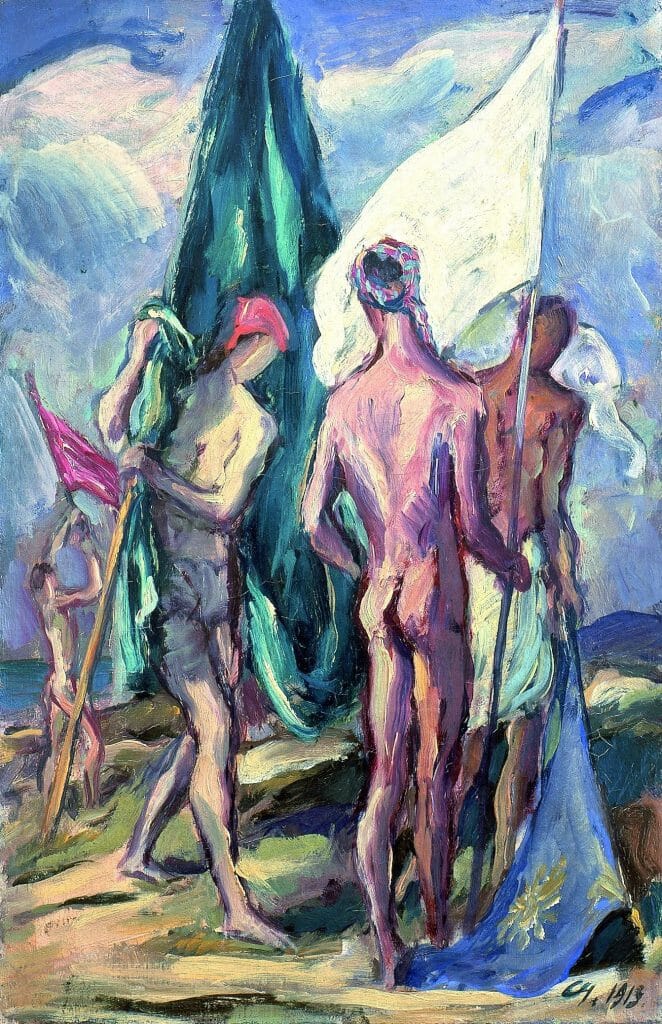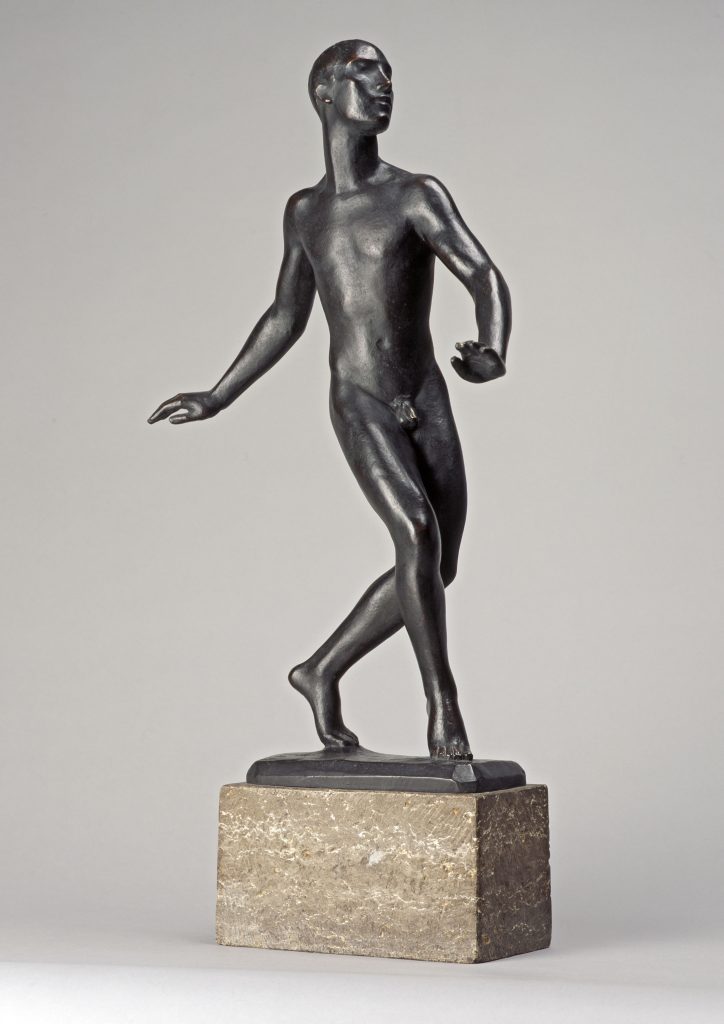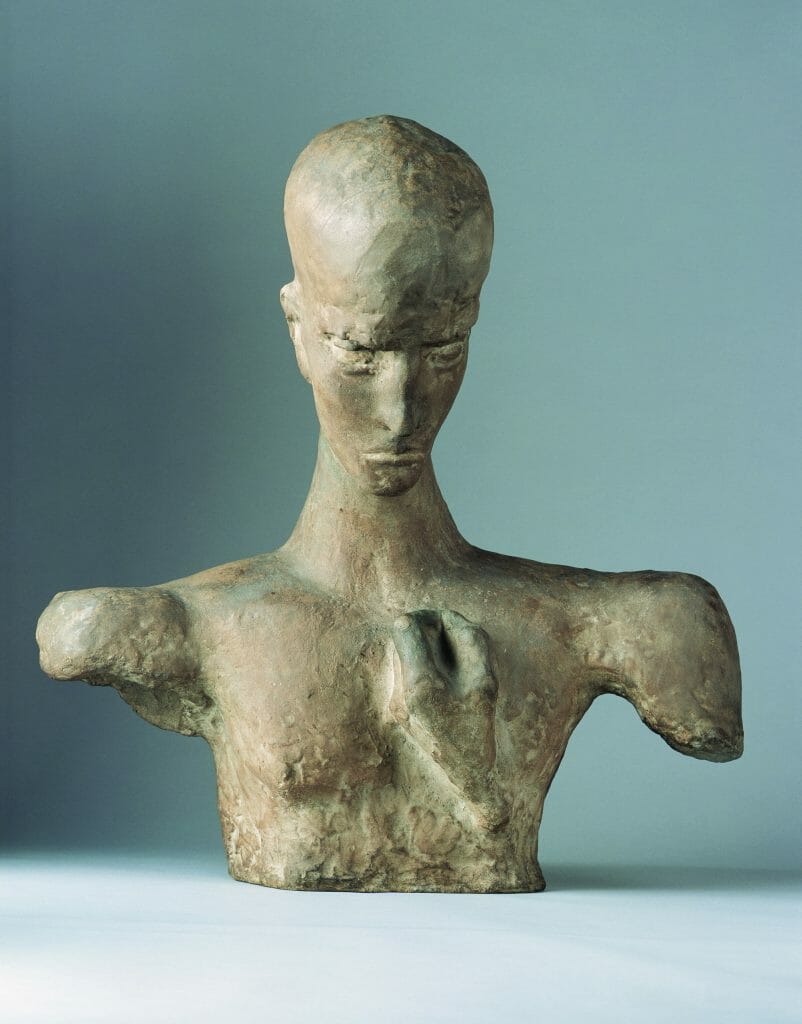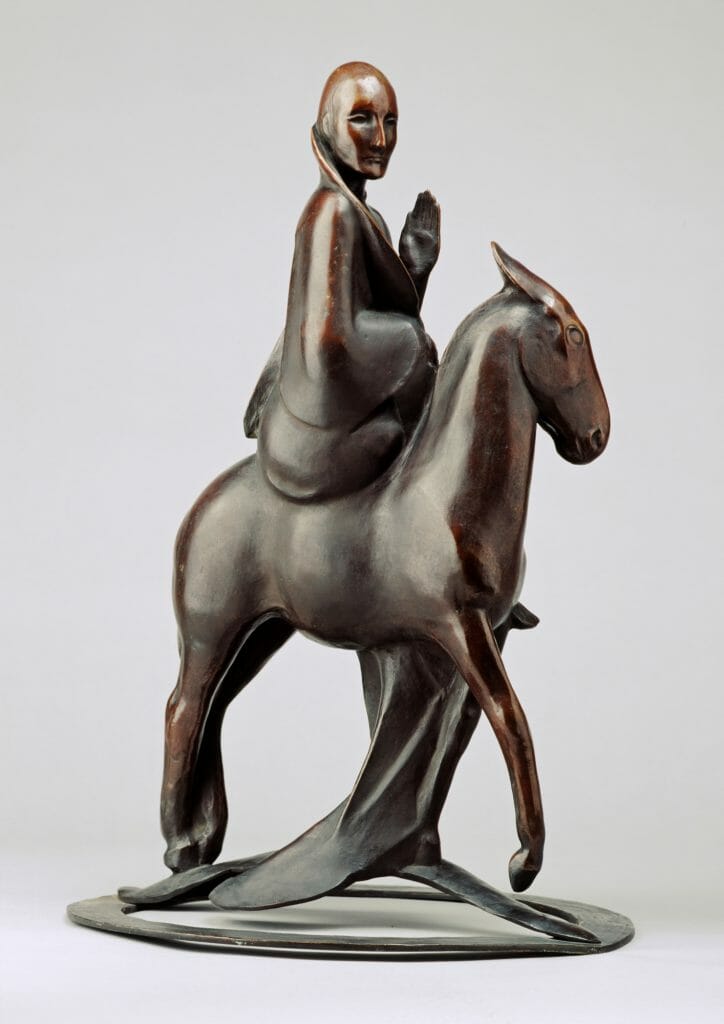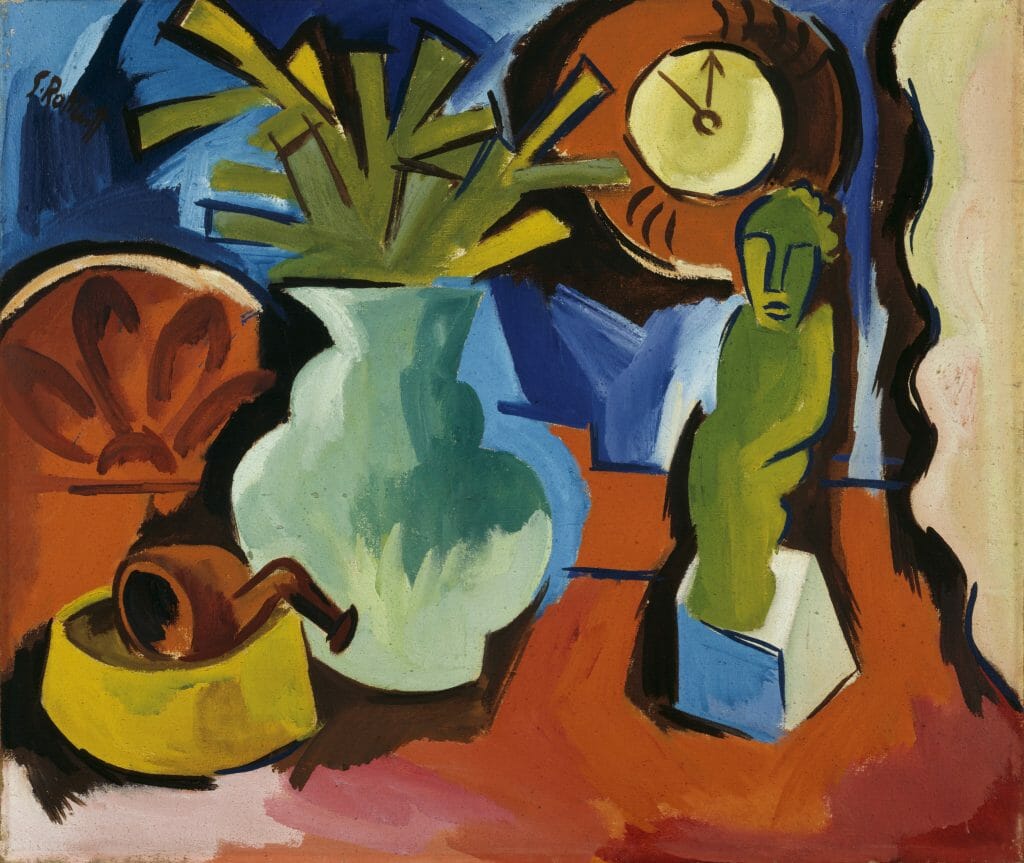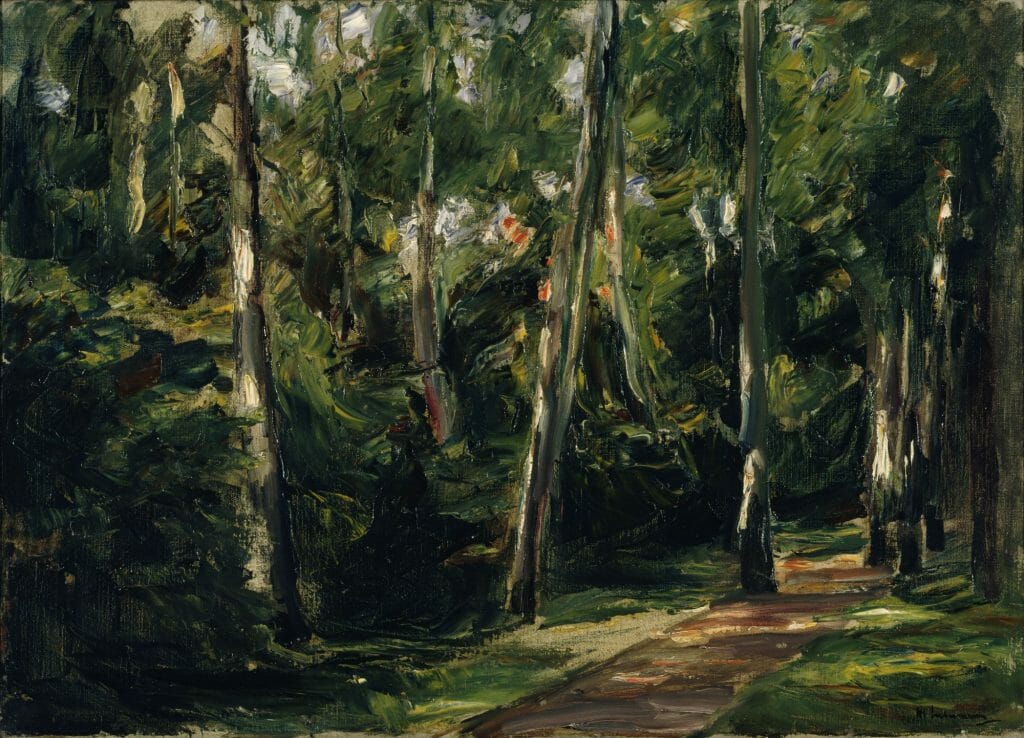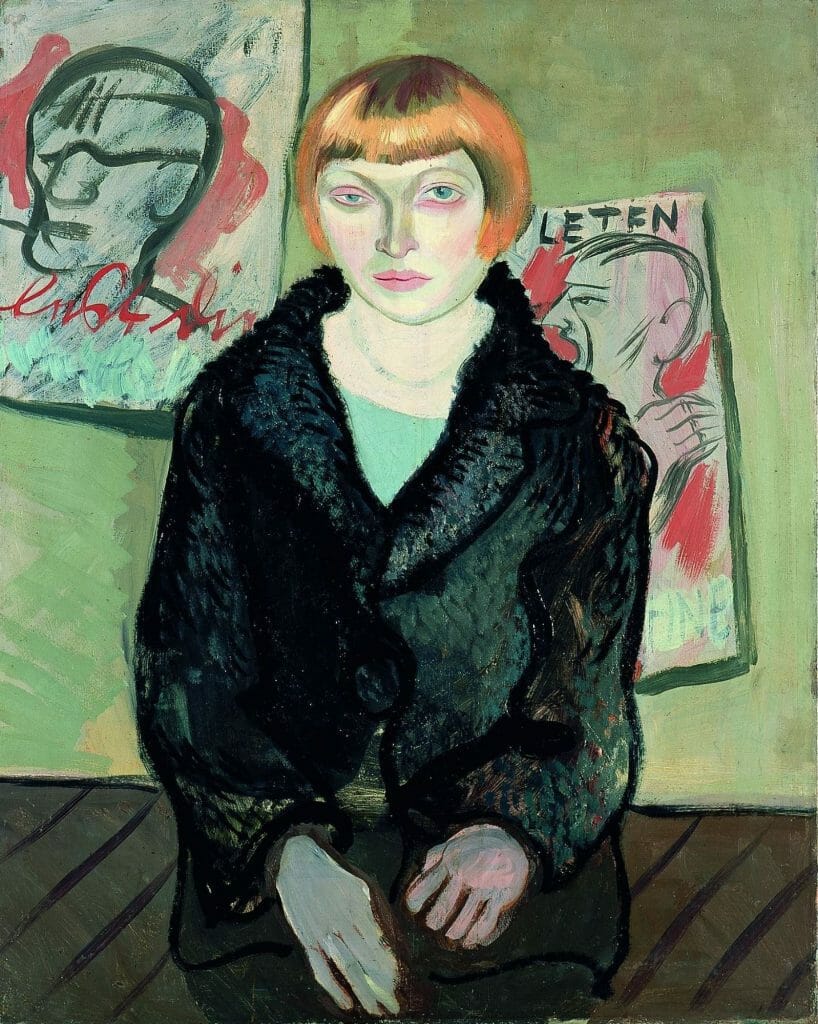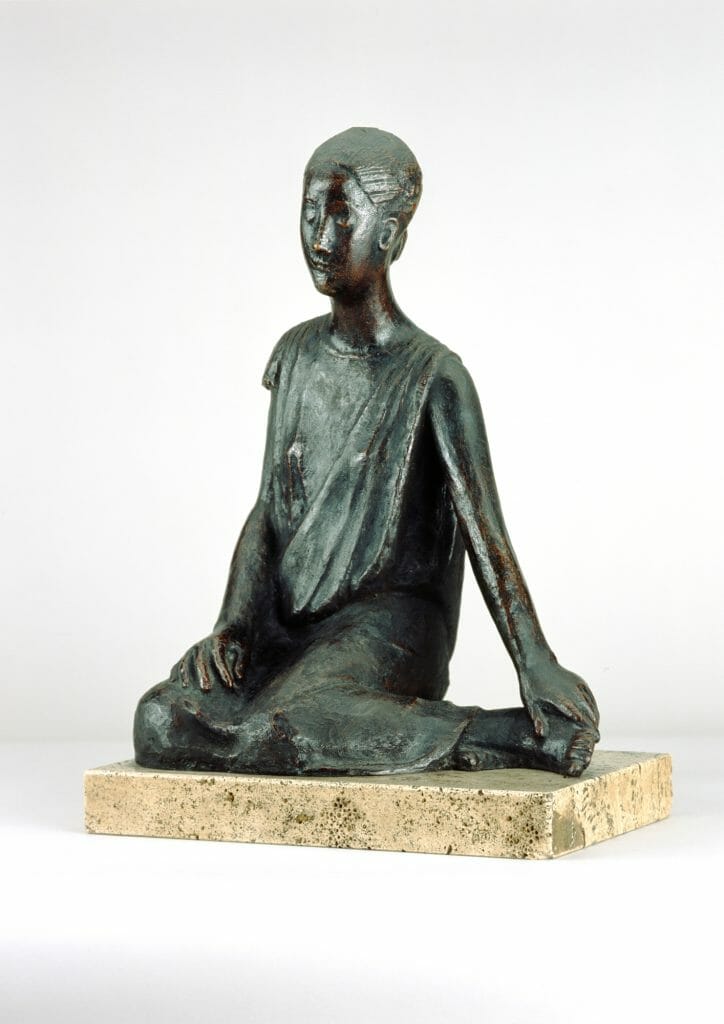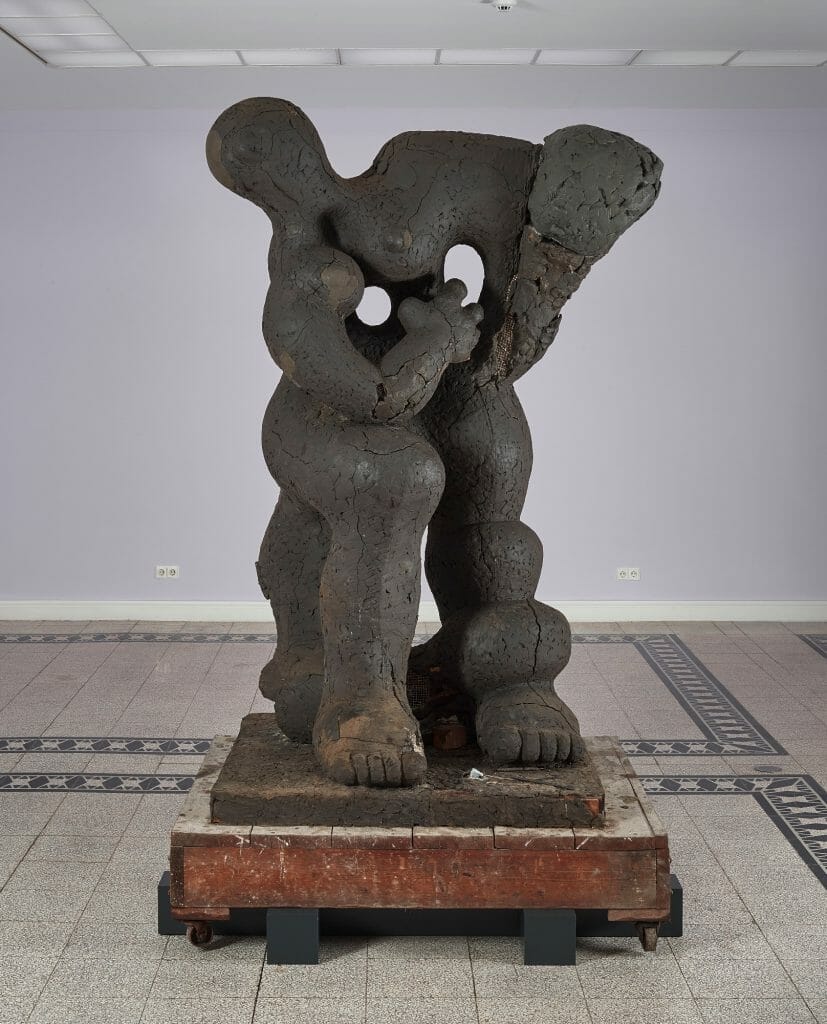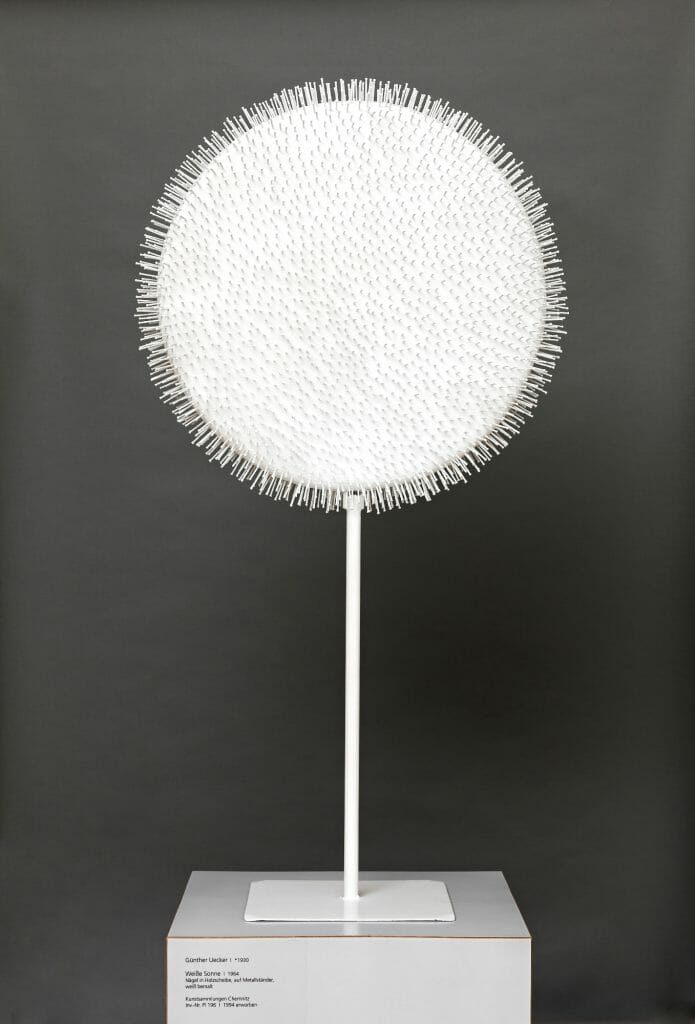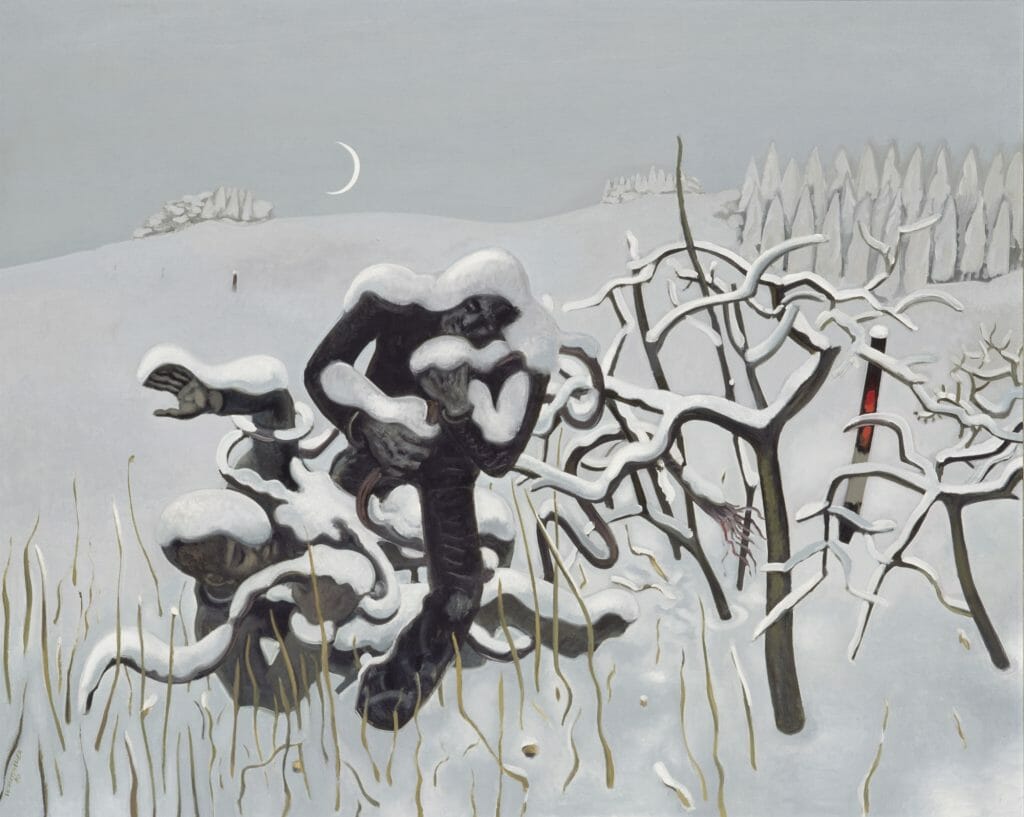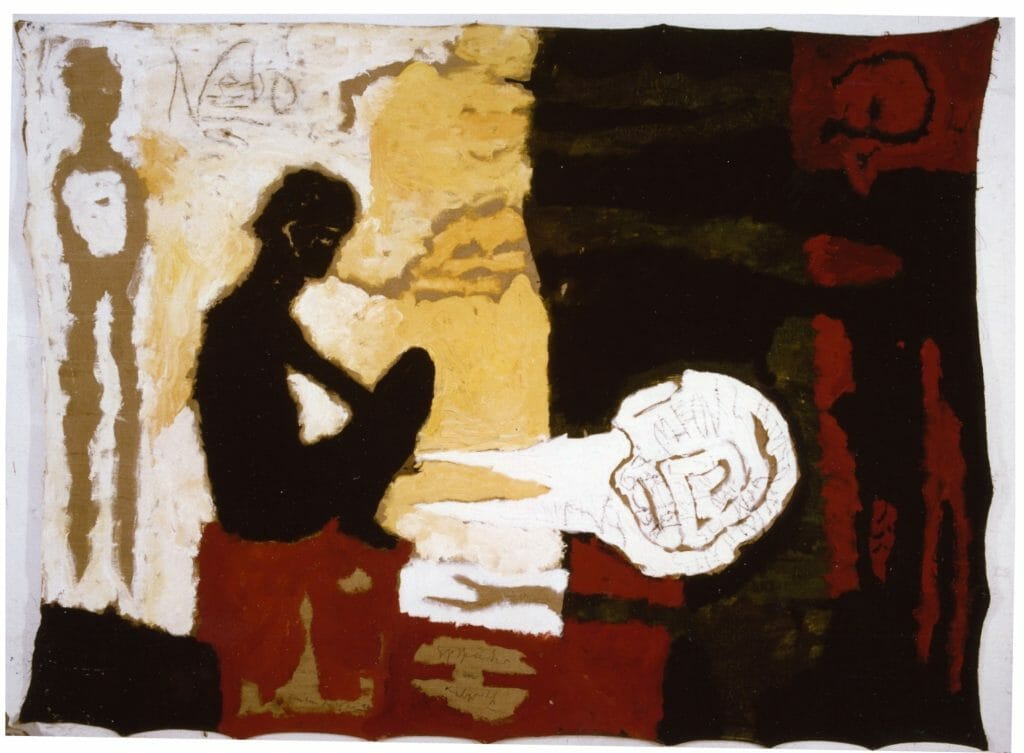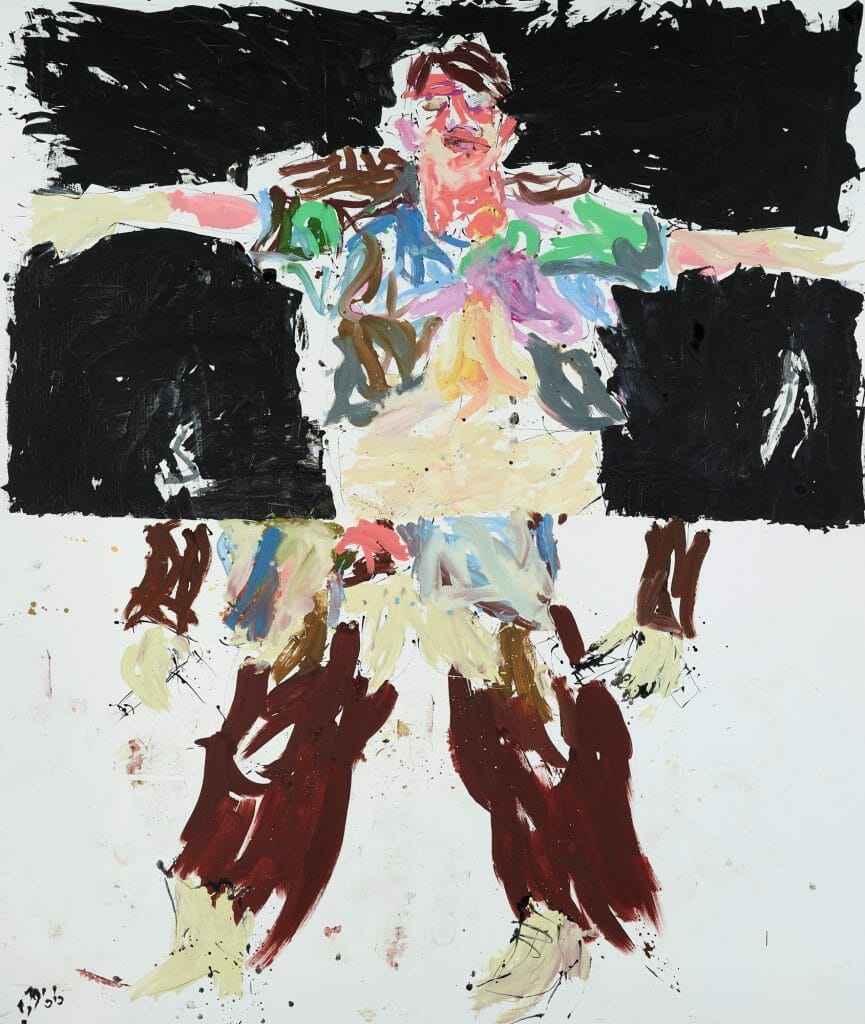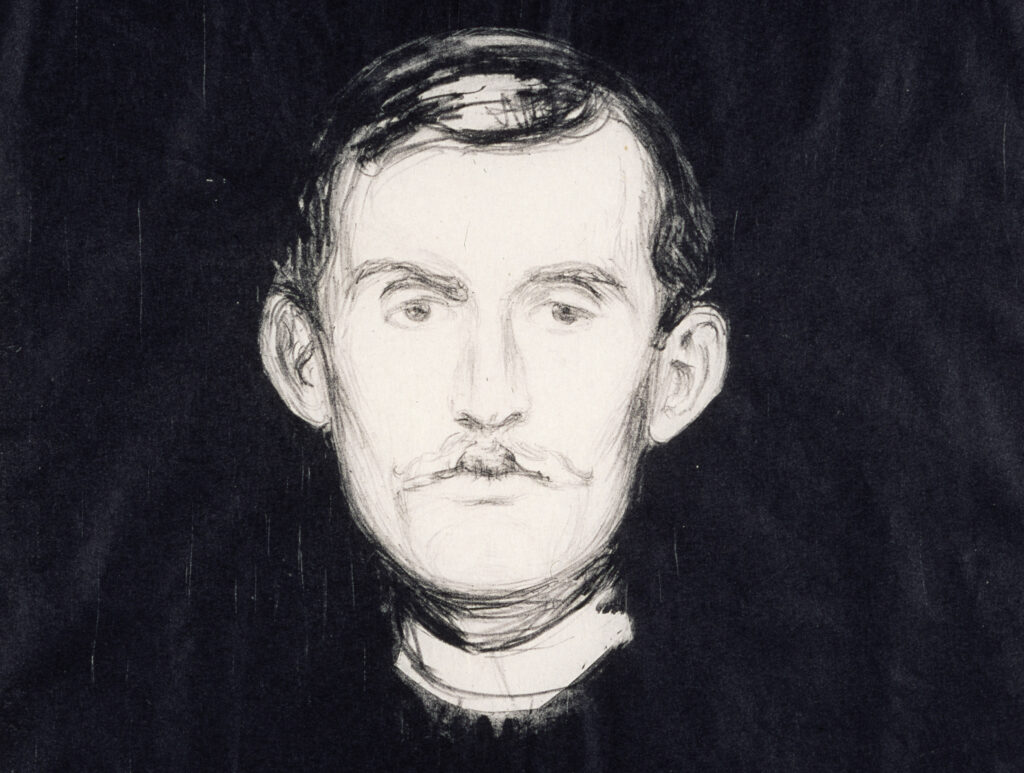Painting
The Painting Collection, initiated in the late 18th century, consists of almost 1,400 works. Outstanding examples of works by Romantic artists and by representatives of the Dresden School are followed, around 1870, by positions in French and German Impressionist painting. Iconic works such as the Segelschiff (Sailing Ship) by Caspar David Friedrich, the Blick auf Dresden bei Sonnenuntergang (View of Dresden at Sunset) by Carl Gustav Carus, or paintings by Carl Blechen are exemplary for the collection, as are paintings by Lovis Corinth, Max Slevogt, Max Liebermann, Fritz von Uhde, Wilhelm Trübner, Gotthardt Kuehl, and Robert Sterl. The wide range of painting styles that existed around 1900 is represented mainly by works of Symbolism by artists who were at home in Saxony: Max Klinger, Sascha Schneider, Oskar Zwintscher, and Hans Unger.
Initially, it was important protagonists of classic modern art »who established the City of Chemnitz in the art-historical canon«. As early as the 1920s, the museum’s collecting efforts were focussed on the development of German art, which was avant-garde at the time, and the development of classic modern art. From the very beginning, close links existed between the Kunstsammlungen Chemnitz and the artist Karl Schmidt-Rottluff, who was born in the Chemnitz district of Rottluff. Schmidt-Rottluff, like Ernst Heckel, attended school in Chemnitz and, together with Ernst Ludwig Kirchner and Fritz Bleyl, founded the artist group Die Brücke in 1905. The Kunstsammlungen am Theaterplatz hold more than 50 paintings, almost 300 works on paper, and more than 50 craft objects made by Schmidt-Rottluff. In addition, there is an outstanding collection of works by Schmidt-Rottluff’s Brücke artist-friends and paintings by numerous contemporaries such as Edvard Munch, Ferdinand Hodler, Max Beckmann, Karl Hofer, Otto Dix, Gabriele Münter, Heinrich Campendonk, Martha Schrag, any many more.
The extensive collection of paintings dating from after 1945 includes works made in the GDR, on the one hand, and, on the other, examples of Western European abstract at from private collections. After the German reunification, the collection concept was opened up to embrace many new areas, with a special emphasis on figurative painting.
Sculpture
The Sculpture Collection consists of about 350 works dating from the late 18h century to the present. Works from the first half of the 20th century make up one focus of these holdings. Alongside small sculptures of animals, the emergence of nude sculpture constitutes a thematic constant in the collecting activities of that time. The inventive engagement with figurative sculpture is represented by important artists and sculptors such as Auguste Rodin, Edgar Degas, George Minne, Aristide Maillol, Georg Kolbe, Ernesto di Fiori, René Sintenis, as well as Richard Scheibe, who was born in Chemnitz. The collection also includes important portrait sculptures. Ernst Rietschel immortalised his sculptor-colleague Christian Rauch in a Classicist portrait. By contrast, the self-portrait sculpture by Honoré Daumier is a typical example of the free treatment of surface in modern French sculpture. At the time, some very early acquisitions were provocative works, including the Kopf eines Denkers (Head of a Thinker) by Wilhelm Lehmbruck, which entered the collection as early as 1923. Works by Günther Uecker and Tony Cragg, but also installations by Daniel Buren and Henrike Naumann represent contemporary positions.
The many losses incurred during the 20th century, only very few of which could be replaced, must not be forgotten. More than 75 works were confiscated, melted down, or sold in the Nazi era. During the GDR period, the works acquired in Chemnitz (called Karl-Marx-Stadt at the time) were sporadic or of regional interest. Over the past decades, however, and with the support above all of numerous private patrons, collectors, and public promotional institutions, some of those numerous losses could be offset and new perspectives for the future highlighted.


